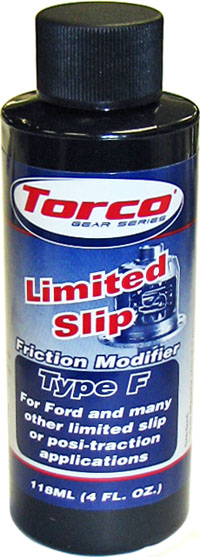Traction Control: Ford Traction Lock Tuning Guide
Traction control is a vital component of modern automotive engineering, particularly in high-performance vehicles where stability and grip are paramount. Have you ever found yourself wondering how your car manages to maintain traction on slippery roads or during sharp turns? It’s not just luck; it’s intricate engineering. Ford enthusiasts, in particular, benefit from understanding the nuances of traction lock tuning in their vehicles. With the right adjustments, you can dramatically enhance your vehicle’s handling characteristics. However, it’s also a journey rife with challenges, much like mastering any skill.
To grasp the essence of traction control, we first need to understand the basic principles of how it operates. At its core, traction control is designed to prevent wheel slip during acceleration. By automatically adjusting engine power and, in some cases, applying brakes to individual wheels, the system ensures maximum grip on all surfaces. For Ford vehicles, the Traction Lock system is often employed, particularly in models equipped with limited-slip differentials.
Before diving into the tuning guide, let’s establish what factors influence traction. Tire selection, road conditions, weight distribution, and engine output all play critical roles in a vehicle’s ability to grip the road. Understanding these variables will prepare you for tuning your Ford’s traction lock system effectively.
Once you’ve familiarized yourself with these fundamentals, the next step is to assess your specific vehicle model. Different Ford models, from the Mustang to the F-150, have unique specifications and electronic systems governing traction control. A tuning approach that works for one model may not yield the same results for another. What model do you drive, and how much potential do you believe it has? The challenge lies in unlocking that potential through empirical adjustments and fine-tuning.
When tuning traction lock systems, one of the most effective methods involves adjusting the settings of the differential. Before you embark on this, gather the necessary tools: a socket set, torque wrench, and possibly a tuning software program compatible with your Ford’s onboard computer. Each step in the tuning process should be approached systematically and with a keen eye for detail.
Begin by raising your vehicle securely. Afterward, inspect the rear differential housing. The differential fluid quality can significantly affect performance. Ensure that you are using the highest quality friction modifier. A high-grade friction modifier not only reduces wear but also enhances the locking mechanism’s efficiency. In Ford vehicles, this is crucial for achieving optimal traction under varying conditions.
After ensuring that the differential is well-maintained, the next focus is on adjusting the preload settings. Preload refers to the amount of resistance exerted by the differential when it is in its “open” state. With too little preload, wheel slip is likely; too much can cause excessive tire wear. The ideal preload will enable you to achieve a fine balance between performance and longevity. While tinkering with preload settings, engage a professional or seek guidance from Ford forums to gather insights and experiences from other users.
Additionally, customizing your traction control settings through your vehicle’s ECU (Electronic Control Unit) can yield significant performance enhancements. With appropriate calibration, you can adjust the thresholds at which the system will engage. For instance, if you are frequently driving in off-road conditions, you may want to set the system to allow for a bit more slip before engaging the traction control. This approach can result in a more engaging driving experience while still maintaining safety standards.
However, tuning is not just about making adjustments; it’s also about understanding the repercussions of those modifications. Increasing traction can enhance acceleration and cornering, but it may lead to unintended consequences such as increased strain on components, including tires and axles. Each adjustment should come with a mindset of weighing the benefits against potential drawbacks—a finely-tuned balance that requires constant monitoring.
After making substantial changes, a test drive is imperative. This allows you to gauge the effectiveness of your adjustments, enabling you to make real-time observations regarding traction and handling. Be vigilant—drive cautiously at first, as your vehicle will likely handle differently. A responsive vehicle may feel unstable initially until you acclimate to its new dynamics. Take mental notes and adjust accordingly for future tuning sessions.
Ultimately, the journey of tuning your Ford’s traction lock system necessitates passion, meticulousness, and continuous learning. As an enthusiast, you’re initiating a dialogue between man and machine, a dance of fervor and mechanics. Don’t shy away from challenges; instead, embrace them as integral to your automotive journey. Would you be willing to step beyond conventional tuning methods and explore progressive adjustments that challenge the norms?
As technology continues to evolve, staying informed about new tuning techniques, tools, and developments in traction control will keep you at the forefront of automobile innovation. The road may be fraught with challenges, but with the right approach, your efforts will lead to improved performance and an exhilarating driving experience. In tackling the intricacies of traction control, you are not merely adjusting your vehicle; you are unlocking its full potential. So, gear up, prepare to dive in, and let the journey towards mastering traction control begin!
